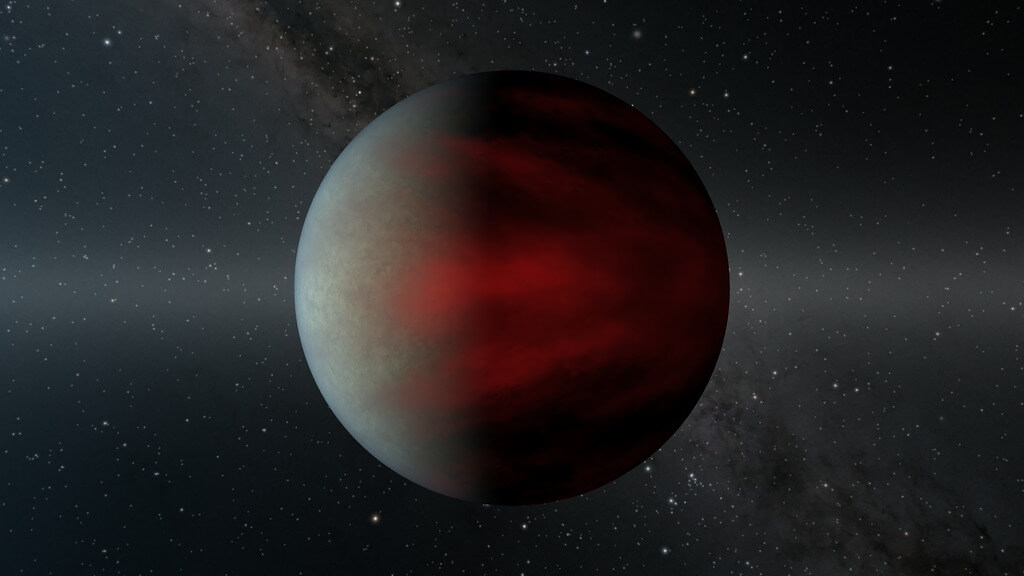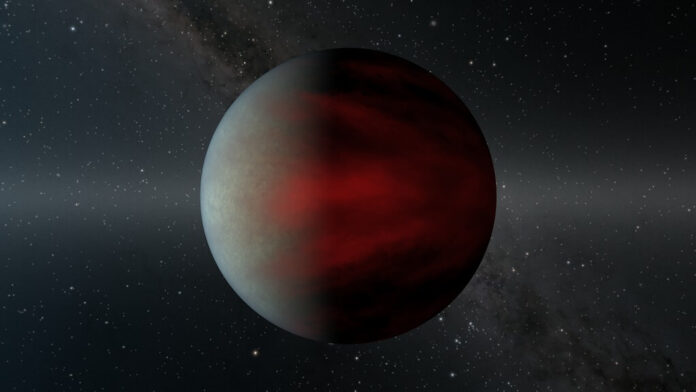Astronomers have spotted a planet orbiting so close to its star that it may be damaging itself in the process. HIP 67522 b, a gas giant roughly the size of Jupiter, orbits its star every seven days and appears to trigger powerful flares with each pass.
The star, HIP 67522, is located around 415 light years from Earth. It’s slightly larger than the Sun but a lot younger at just 17 million years old. At that age, stars tend to spin quickly and generate strong magnetic fields. Scientists believe the planet is disturbing these fields, which then release bursts of energy as solar flares.
These flares were picked up using NASA’s TESS telescope and followed up with the European Space Agency’s CHEOPS satellite. Fifteen flares were recorded, nearly all while the planet was passing in front of the star from our point of view. Each flare was thousands of times more powerful than those from our Sun.

Planet’s Orbit May Be Fueling Stellar Instability
Lead researcher Dr Ekaterina Ilin says the planet may be triggering these flares by sending waves through the star’s magnetic field. These waves then reach the surface and set off eruptions. She compares it to shaking a rope, the energy travels along the field lines and causes a flare at the other end.
The flares are causing the planet to lose some of its atmosphere each time. HIP 67522 b is extremely low in density, similar to candy floss, and is especially vulnerable to this kind of radiation.
Over the next few hundred million years, it’s expected to shrink to about a third of its current size. Although the idea of a planet triggering flares isn’t new, this is the first time scientists have seen such strong evidence. What surprised them most was the scale. The flares were about 100 times more energetic than expected, suggesting the planet could be tipping unstable magnetic regions into eruption.

